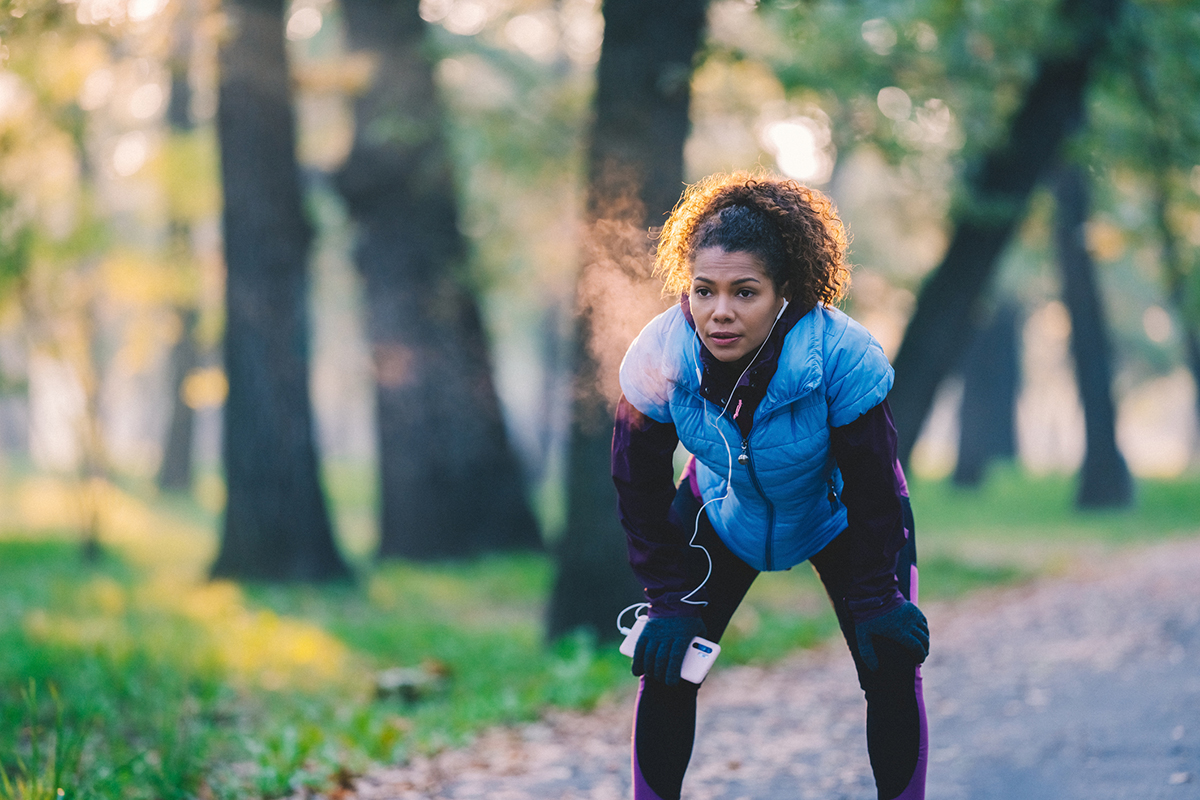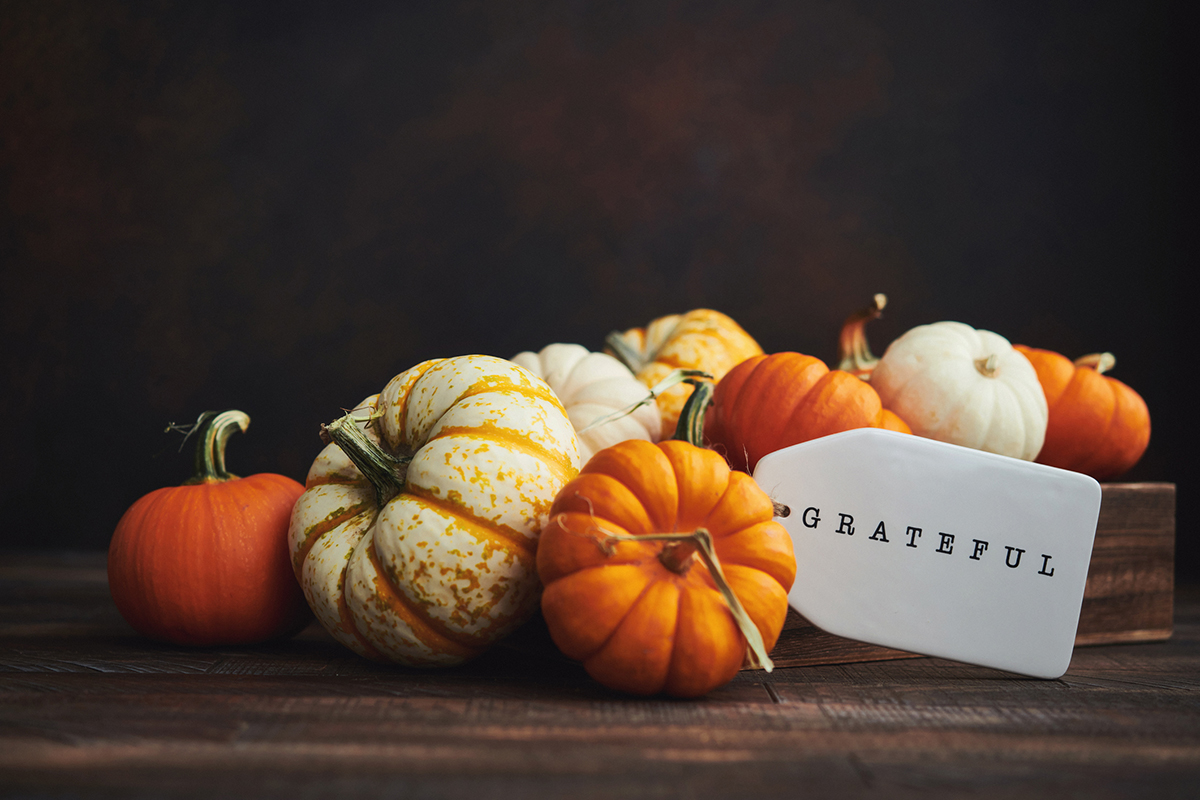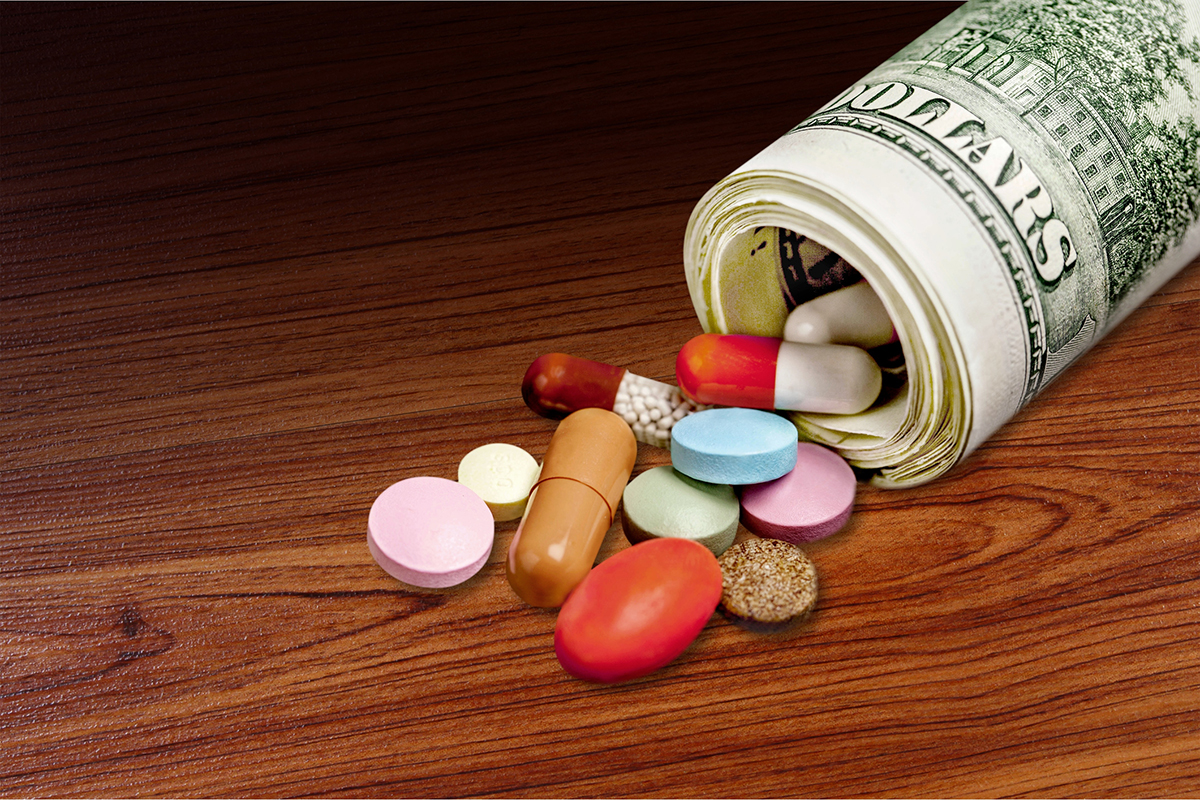It’s now inevitable that we may be facing an unprecedented cold winter. With energy prices soaring and power grids straining to meet electricity demands, it’s going to be challenging.
I don’t mean to seem oblivious to the suffering of millions without adequate heat across Europe and North America, but emerging science suggests there may be a silver lining to this cloud; cold may make us healthier and more resilient, and even combat certain medical conditions.
Guests to my home in winter have variously described the indoor climate as “uncomfortable” to “meat locker”. I routinely set the thermostat to 55 or 58; I sometimes crank it up to 62 to avoid the annoying sound of my teeth chattering if I’m recording a podcast or broadcasting my live weekend radio show.
I recently visited Iceland, a place where summer temperatures rarely exceed the mid-60s, and winter temperatures may dip toward zero, with howling winds, sleet, and snow. Wood to provide heating for fireplaces was scarce; Icelanders often eagerly gathered driftwood and salvaged timber from shipwrecks. Peat was sometimes harvested to fuel smoky hearths.
The ancient structures that housed Icelanders, well into the 19th Century, were recessed into the ground, and covered with ample layers of sod for insulation. People routinely slept in narrow beds, two at a time for warmth, same-sex unless married. Some taller structures were built over livestock pens, which provided heat from the animals that radiated to the upper floors where people slept, oblivious to the smells. Pumps that fed geothermal heat through pipes were a recent modern innovation.
In medieval European castles, it’s estimated that the average wintertime interior temperature was between 5° and 10°C (40°-50° F) suggesting the origin of the expression “three dog night”.
It’s been stated that the ideal sleeping temperature is between 60° and 67°. Heat is said to disrupt restorative REM sleep. Sleep hygiene advice routinely emphasizes keeping your “sleep cave” cool and cozy.
Despite oft-repeated exhortations to lower our thermostats, mean winter indoor temperatures in the daytime for US households rose a degree between 1970 and 2010, reaching a peak of over 70°; nighttime temperatures rose 1 1/2 degrees to over 68°. That’s above the threshold for optimal sleep.
There’s considerable scientific literature that bolsters the notion that cold exposure accelerates fat burning. Beneficial brown adipose tissue (BAT) is thermogenic; it helps to mobilize fat stores. Experiments have shown that cold exposure revs BAT.
And, yes, bats have plenty of BAT, as do all rodents and many other mammals, but until recently it was thought that adult humans, although born with BAT, didn’t have much. That changed as better imaging techniques revealed we have tiny reserves of BAT that can be cultivated through cold exposure.
Obesity researchers have speculated that increasing indoor temperatures may, in part, be responsible for spiraling weight trends worldwide by discouraging retention of brown adipose tissue:
“As most people today live and work at ambient temperatures close to their body temperature (the thermal neutral point), we hypothesise that this is an important causal co-factor in the ‘globesity’ epidemic.”
Taking this one step further, a recent study showed that repeated bouts of cold exposure could improve blood sugar in non-diabetic adults. The research showed that 10 daily 1-hour sessions of shivering at 10° C (50°) led to 85% of participants showing a drop in fasting glucose, and a 32% drop in lipid levels, as well as a blood pressure drop of around 8% overall.
The researchers speculate that it wasn’t just a matter of generating more BAT; they theorize that the cold exposure, which wasn’t merely to cool room air, but involved wearing a special suit into which cold water was circulated, generated shivering, which increased energy expenditure and fat mobilization. They conclude:
“Our findings are promising and may have important health implications. In future studies, we plan to assess the effect of shivering in adults with type 2 diabetes.”
Indeed, findings like these have spawned an entire cult of cold devotees. Swimmers routinely brave chilly waters to garner health dividends and the endorphin high. I can attest to this, having braved Long Island waters to maintain my swim training when the Covid lockdowns closed my gym pools. I lasted until mid-November when the water temps dropped into the low-50s, my threshold for self-inflicted pain.
Others have extolled the benefits of cryotherapy for pain and athletic recovery, using specially-designed cold chambers. Studies have validated this for fibromyalgia and rheumatoid arthritis.
This conjures a paradox: Fibromyalgia and arthritis sufferers are susceptible to the effects of cold drafty weather. My own late mother, whose native language was French, bought a jaunty convertible when she was young, but by middle age routinely complained about “courants d’air” (drafts) which made her muscles and joints ache. It’s been demonstrated that cold exposure can sensitize fibromyalgia sufferers to pain.
The seeming contradiction might best be reconciled via the concept of “hormesis”:
“Hormesis is defined as a dose-response phenomenon characterized by low-dose stimulation and high-dose inhibition, and has been recognized as representing an overcompensation for mild environmental stress. The beneficial effects of mild stress on aging and longevity have been studied for many years.”
Or, in popular parlance, “whatever doesn’t kill you makes you stronger”.
So, this fall and winter, don’t be daunted by the cold. Acclimate your body to cooler temperatures as the season progresses by choosing outdoor activities, and push through, even in inclement weather. Don’t let cooler temperatures put a crimp in your power-walking, running or cycling. With the right kit, you can make these year-round activities. If you’re an open water swimmer, avail yourself of a wetsuit, gloves, booties, and hood made of thick neoprene. Consider a winter sport like snow-shoeing, cross-country or Alpine skiing, or outdoor ice skating.
I’ll add a cautionary note for hard-core athletes. Pictures abound of sports figures heroically immersing themselves in tubs full of ice cubes to hasten recovery. Brrrr! But as much as it may ease the pain of a bruising workout, there’s new evidence that applying intense cold to muscles immediately after exertion may interfere with the incorporation of that extra dose of post-workout dietary protein:
“Cold-water immersion during recovery from resistance-type exercise lowers the capacity of the muscle to take up and/or direct dietary protein-derived amino acids towards de novo myofibrillar protein accretion. In addition, cold-water immersion during recovery from resistance-type exercise lowers myofibrillar protein synthesis rates during prolonged resistance-type exercise training. Individuals aiming to improve skeletal muscle conditioning should reconsider applying cooling as a part of their postexercise recovery strategy.”
I’ll take it under advisement. But in the meantime, a quick immersion in cool lake or ocean water after a hard run or bike ride sure feels good!
See more at “Chill out–it may be healthy for you!” and The Comfort Crisis: Embrace Discomfort To Reclaim Your Wild, Happy, Healthy Self by Michael Easter







